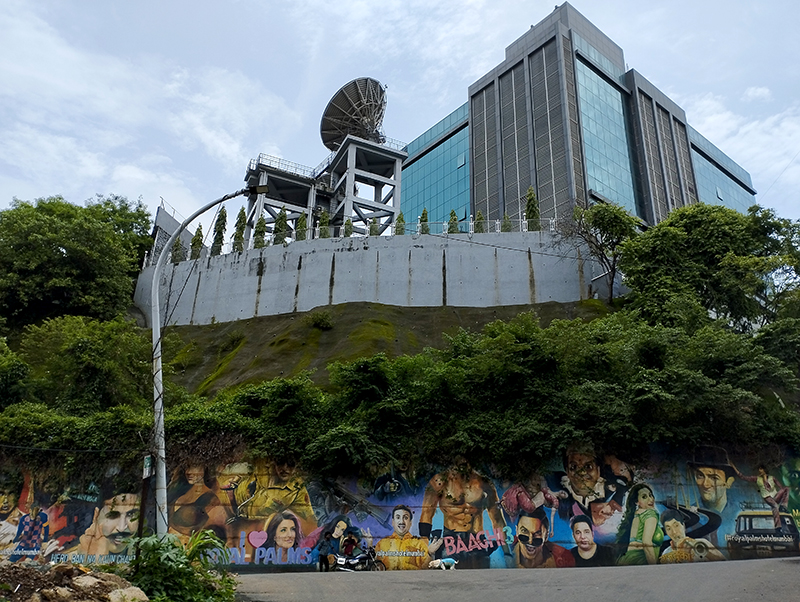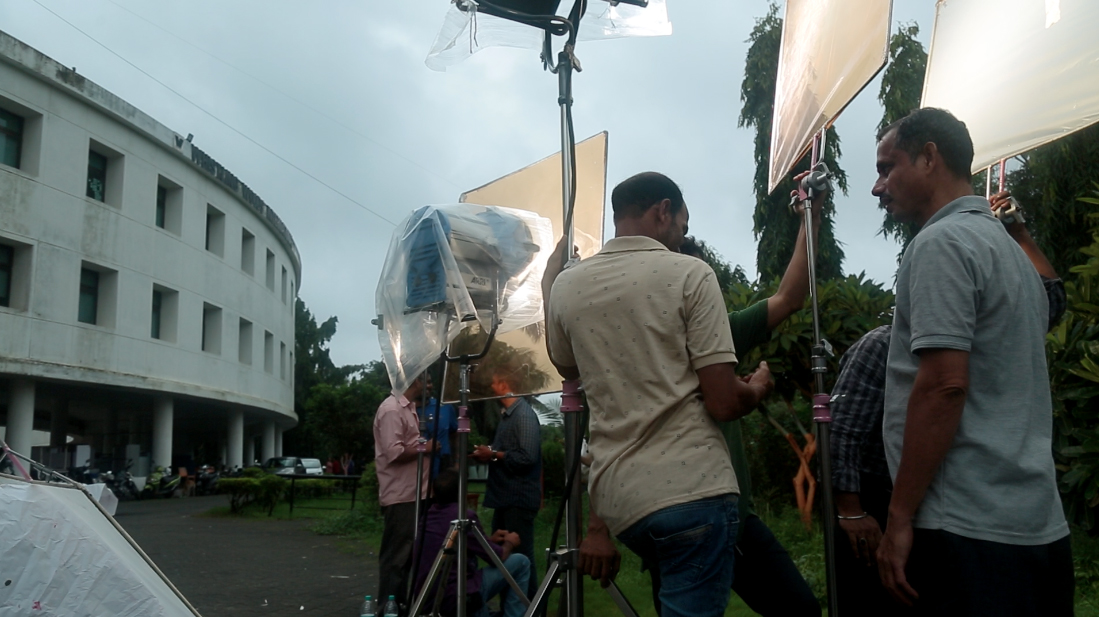Anuj Malhotra
Project Period: One year and six months
This Foundation Project implemented by IFA will create an interactive map of the alternative history of film as told by a location scout in Bombay in the 1970s. By situating itself along historical and present labour routes in the city, it will attempt to organise and record the myriad subcultures of the cinema as they exist in the city. The outcome of this project will be a virtual interactive map. Anuj Malhotra is the Coordinator for this project.
Anuj has worked as a film critic and programmer to assist in the growth of a serious culture of engagement with cinema in New Delhi. Currently, he publishes Projectorhead, an online film journal and manages Umbra, a tabloid on film culture published by Lightcube Film Society. He also programmes the Society’s monthly screenings and its annual film festival titled Transmissions. In addition, Anuj helped found the Dhenuki Cinema, a cinema-based outreach programme that organises exhibitions of a diverse set of films in villages and small towns of India. As part of his work, Anuj had the opportunity to collaborate with and learn from prestigious national and international institutions such as the Sundance Film Forward Programme, Ghent International Film Festival, Pravo, Ljudski Film Festival, Cinetica di Bologna, Delhi International Art Festival, Kiran Nadar Museum of Art, NEPTAC and the Asian Heritage Foundation, among others. In addition, Anuj runs a freelance design firm called Fantomas out of Noida, which works mainly within the print, editorial and design sectors. As part of its output, it collaborates and works for publishing houses, start-up firms, NGOs, technology companies, and government institutions. Anuj's diverse experience as a multimedia practitioner makes him a suitable Coordinator for this project.
This project titled The Mapmaker of Baghdad proposes a model of film memorialisation that identifies cartography as an action central to the constitution of collective memory. It threads itself through the ongoing adventures of one ‘Rafique Baghdadi’, who positions himself as a location scout but moonlights as an amateur detective, and enlists the endless trove of curiosity, thus manufacturing a film archive that thrives every single day on the streets of Bombay. The project aims to further the stated mission of its spiritual predecessor and the first instalment in Baghdadi’s narrative, a project titled The Reanimated Corpse, which restores cinema to the status of folklore. The current project, its sequel, will locate itself in the streets of 1970s Bombay – an era of tremendous existential labour and topographic and economic upheaval in the city – detailing the nefarious ongoings of an undertow of cinema producers who begin to produce low-budget films made out of trash, evoking their mainstream cousin uncannily. They appear similar at times but are quite apart.
Both The Reanimated Corpse and indeed, The Mapmaker from Baghdad meditate the continuous existential quandary of a nation that wants to create a mausoleum for its film history without the actual material artefacts that may come to constitute it. While the first event in the chronology of Baghdadi employed a model of creation that mixes speculation, fact, urban legend, historical document and oral history to relate the tale of an absent film made by Rashida Jan - missing now; last seen in 1948; once a Tawaif - The Mapmaker from Baghdad seeks to overlay a historical narrative upon the very territory of the city of Bombay itself.
In this, the project seeks to instil a model of research that does not simulate the stately formal distance but instead forages through the peripheries of the city to establish film history as a sinuous, moving, erotic and serpentine rhizome. In short, the archive that does not lament or decry the slipperiness of its object but instead becomes a record of this very aspect.
The project situates itself along historical and present labour routes in Bombay and tendril organically to recognise and record the various fringe histories of the myriad subcultures of cinema as they exist in the city. It will inhabit the consciousness of Baghdadi and structure the process as a continuous, real-time quest. Interviews with studio owners, technicians, cinema operators, enforcers, suppliers and audience members will be conducted to construct a whakapapa (Maori word for the recitation of one’s genealogy) of the hidden cinemas of the city. The project will eventually manifest as an interactive map where evidences of film culture will sprout in specific locations across the body of the city. This will both mimic the aimless wandering of Baghdadi as well as depict the purposeful wonder of his actual vocation, which is that of a location scout. The user will then be able to reconstitute the canon of film history in Bombay not merely by the act of engaging with the contents of the constructed archive of alternative cinemas, but also by superimposing their own routes of navigation, their own trajectory, and their own map, upon the body of the original city. This act of conscious vandalism will allow them to write over what the city tells about itself.
The outcome of this project will be a virtual interactive map. The Project Coordinator’s deliverables to IFA with the final report will be a copy of the map, a link to the virtual map online and audiovisual documentation from the field.
This project suitably addresses the framework of IFA’s Arts Research programme in the manner in which it attempts to study alternative histories of Bombay Cinema in the 1970s and make them accessible to the people through a virtual interactive map.
IFA will ensure that the project is implemented on time and the funds expended are accounted for. IFA will also review the progress of the project at midterm and document it through an Implementation Memorandum. After the project is complete and deliverables are submitted, IFA will put together a Final Evaluation to share with the Trustees.
This project is made possible with support from BNP Paribas India.




